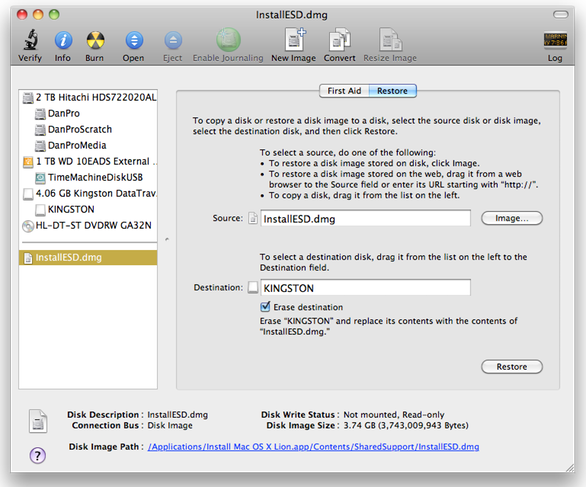 2 Quick, Easy Tests To Get Faster Internet Speed
2 Quick, Easy Tests To Get Faster Internet SpeedHow To Make Internet Faster – Easy
There can be several ways answer the question: how to make internet faster.. and increase your browsing speed. Here we will look at the 2 most likely culprits. Hopefully you will find your solution in these easy, free tests and be able to correct your PC issues quickly and inexpensively.
<="" p="">
PC Cleaner can help browsing speeds…
<="" p="">
Test # 1: Internet Speed Problems Making Browsing Slow?Test # 2: Computer Problems Slowing Down The Internet Connection?
Internet Connection Problems
(Test # 1) Test Your Actual Download and Upload SpeedsYour Internet problems can be caused by a wireless router problem, a network problem or slow ISP connection. First, see if you are getting the right speed into your home or office by running a test of your actual Internet speed.
Go to Free Internet Speed Test. There you just choose the city closest to your location and the test will start test automatically. The test only takes a few seconds and will show you the download and upload speed. Pic below is of actual test.
So where do you stand speed wise? Connections can go from 2.5mb/s to 10mb/s (download speed). 6mb/s is about average and your speed depends on the contract with your ISP, if you have DSL or Cable (cable is faster by 2mb/s or more), and how close you are to a transformer or booster. Unless you have been told by your ISP that your speed is slow because of your location you should not be below 3mb/s.
But before you panic and call the ISP you need to check your network router or for wireless internet connection problems “in-house”. More on this below.
Computer Internet Problems
(Test # 2) Test Your PC For Errors That Cause Browsing Speed ProblemsSecond test is your computer and things that make it slow to respond and browse the web. You can’t get faster Internet with a sluggish computer.
Go to Free Computer Error Test and see the actual condition of your computer. Simply follow the on screen instructions (you will have to “save” and maybe “open” or double click the download depending on your pc). The scanning takes only 3 or 4 minutes and you decide what to do next.

The picture at left is an actual scan results. The scan found over 600 registry errors as well as a lot of junk files and other issues. This computer is not as bad as many I have tested (its not unusual to have over 1000). When these errors were corrected and the registry optimized by the cleaning program it made the pc noticeably faster and was also successful to make internet faster. Now the repair and optimization is not free (about $25 depending on options). But this is something your computer needs… every computer needs this periodically… and not just for a faster internet.
As further evidence that this is not a scam, I have run tests on relatively new computers and found almost no errors – so it will show you true problems, not just show you something to sell you. If you have only 20-30 errors, this is probably not your pc’s problem and I wouldn’t purchase the software. It is completely guaranteed and you can get your money back if you are not completely satisfied with the results. My experience is that refund rates are very low… this program has successfully helped a lot of people!
How To Make Internet Faster
More On Your ISP, Wireless Router, and Network ConnectionsIf your first test showed that you have slow Internet connection problems you should first make sure it is not a home or office problem before contacting your Internet Service Provider (ISP).
Another thing to consider when trying to make your Internet faster is to look at your network connection (similar to picture at right) by clicking the start button and finding and clicking “Connected To”. This shows the available networks in your area. They maybe wireless or hard-wired and secured or not secured. Make sure you are connected to the right one and that the signal is strong.
If your signal is not very strong try these ideas: Click disconnect from your network and then reconnect. This is similar to re-booting your pc by letting it go back through the connection and maybe correct the computer internet connection problems; Next, turn off or unplug your wireless router for a few seconds and turn it back on. Again this is like a re-boot; And finally, if the first two did not work then by pass the router by plugging directly from the modem to your computer.
One more consideration before contacting your ISP (that could take a while) is to make sure your own wireless system is not overloaded. If you have several computers using the Internet on the same network, then it is possible your wireless router is overloaded and that is causing the issue. Obviously if you disconnect a computer or two and you get faster internet speed then the router needs to be replaced with a high capacity unit.
Now that you are sure your local router is not causing your issues you should contact your ISP by phone and ask for Internet connection help. They will be able to do their own test of your Internet speed and help you figure out the problem. The company’s internet technical support may be able to increase your speed themselves remotely or they may have to send out a technician.
More Ways To Make Internet Faster By Speeding Up Your PC
If our computer is causing the problems, then what should we look for?Probably the second most common reason a computer is slow on the Internet is the PC’s memory. Now this can be more than one reason – first not enough memory and second having plenty of physical memory but too many programs and applications using it up when they are not needed.
First not enough memory or RAM
The Random Access Memory is the location where the configurations that each application and programs uses over and over again while it is running. They can be accessed and used literally thousands of times per second.
The RAM is a fixed, or non moving, storage area that is loaded with these critical bits of information when the computer is started or when the program is started. When you shut down the computer the RAM is emptied automatically and starts over when you start the PC back up.Additional RAM can almost always be added to a computer by adding a new memory chip into a slot on the motherboard. Usually RAM is not very expensive and is a good investment for the overall operation of a computer.
How much memory does my computer have?
To see how much your PC has go to your Control Panel and find the icon for System. What you see when it opens up is the specs of your PC including RAM or Memory, CPU, manufacturer, etc. It is either listed as MB (megabyte) or GB (gigabyte) which is a thousand MB’s.
How much memory does my computer need?
How much memory your computer needs is based on several factors. The operating system requires a certain amount of RAM to operate it efficiently and then all of the applications you run as well as programs. There is an excellent breakdown and recommendations of the amount of RAM you should have at Crucial.com. They also sell memory and seem to have good prices on the ones we have checked on. They also have easy do-it-yourself guides on how to install the new RAM yourself. This can be an easy way to for you to cheaply make Internet faster and increase overall PC performance yourself.
What if my RAM is OK? What next?
If you find that your RAM is not your slow computer and Internet issue you should look to the computer’s registry first or next, if you haven’t already. The registry is somewhat similar to the physical memory in that it is a location for vital data that the computer uses on a very frequent basis. But the registry does not clean out when you shut down your computer or do a restart like the Random Access Memory does. The registry can become cluttered and disorganized as well as contain many errors over time. A good registry cleaning program, such as our recommended sponsor, is a good maintenance program that all computer need, or will need at some point in time.
















